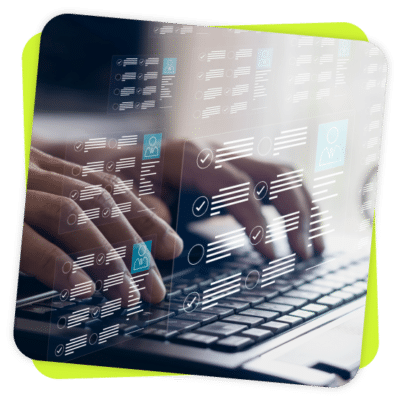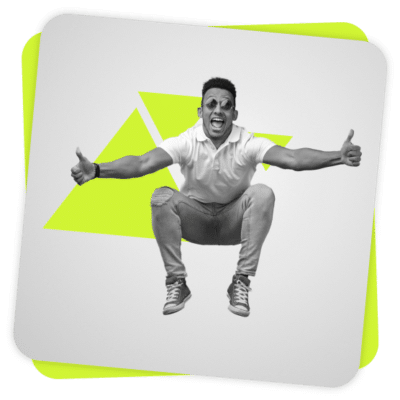Busting Four Myths About AI in HR
Poornima Farrar
Chief Product Officer
AI Has Officially Arrived in HR — but so have a lot of questions, doubts, and worries.
With every new capability AI introduces, HR is becoming more attuned to the incredible power of this tool in helping to save them time and energy. But the questions also get louder: Will AI agents replace people? Can AI be trusted? How do we know it’s biased— or even what it’s doing behind the scenes? These concerns shouldn’t be dismissed. They’re shaping how HR leaders evaluate tools, frame conversations, and decide whether to move forward or hold back.
They deserve answers. And HR deserves reassurance. Some skepticism is healthy, but much of the fear around AI — especially agentic AI — is based on misunderstanding.
In reality, AI in HR is only as risky as it is poorly designed. The best systems today don’t bypass human judgment — they enhance it. They don’t introduce bias — they help eliminate it. And they don’t operate in a vacuum — they act within ethical, configurable boundaries that HR teams control.
In our last post, we explored how AI in HR has evolved — from basic automation to truly agentic systems that understand and act. Before we dive deeper into how agentic AI works (we’ll get there in the next few posts in this series), it’s time to address the hesitation head-on.
In this post, we’re tackling the four biggest myths we hear about AI in HR — and setting the record straight. We know the more clearly we address the risks, the more powerfully we can design for trust, transparency, and impact.

THE FEAR: Agentic AI will automate so much that HR will be entirely pushed out of the picture.
THE REALITY: Agentic AI isn’t here to replace HR — but there’s no question it will change HR roles, replace some, and create others. AI is here to remove the busywork so HR can do more of what matters.
AI is designed to take on the repetitive, time-consuming tasks that bog teams down — scheduling, document collection, data entry, and triage. But it can’t replicate strategic thinking, coaching, judgment, or culture-building — the human elements at the heart of HR. As Mercer recently wrote, “When we blend human creativity with AI’s analytical capabilities, we create a workforce that’s greater than the sum of its parts.”
The organizations making the best use of AI today are doing it to empower HR professionals, not sideline them. They’re using AI to scale their impact, not shrink their roles.
Example: Rival’s sourcing and outreach tools help recruiters connect with more qualified candidates, more quickly — without hiring more staff. That frees up time for better interviews, stronger relationships, and better hiring decisions.

THE FEAR: AI lacks human judgment, and when it makes a mistake, no one knows why.
THE REALITY: Good AI is designed for transparency — and works with human oversight.
When designed thoughtfully, AI systems are more consistent, auditable, and configurable.
Agentic AI doesn’t make guesses in the dark. It follows patterns, parameters, and business rules set by people. HR leaders can choose how much autonomy to give it, review recommendations before taking action, and see how decisions are made — step by step.
Example: Rival’s agentic systems include explainability features that make AI-generated recommendations clear and reviewable. That means HR leaders always stay in the loop.
Mistakes happen when systems operate without checks and balances. The best AI tools are built with guardrails, not blind spots.

THE FEAR: If AI is trained on flawed data, it will reinforce existing bias — not reduce it.
THE REALITY: This “myth” is actually true — if you’re using the wrong kind of AI.
Bias in AI is real. So is bias in human decision-making. The question isn’t whether bias exists — it’s whether your tools are helping you recognize and reduce it, or quietly scaling it in the background.
The good news: with the right data practices and design principles, AI can be a powerful force for fairness. At Rival, we build our tools to reduce bias by design — not just as a feature, but as a foundational priority. That means anonymized sourcing, transparent logic, and a sharp focus on skills, experience, and potential.
Example: Rival’s Unbiased Sourcing Mode strips out personal identifiers, letting recruiters focus on what actually matters — qualifications, not assumptions.
The best way to ensure this becomes a myth is to choose AI solutions that are built on good data practices and principles. AI won’t eliminate bias on its own — if you feed it garbage it will only scale that garbage. But with the right ethical design, it will absolutely help HR teams make better, fairer decisions.

THE FEAR: AI tools access sensitive employee data, and that puts organizations at risk of leaks or misuse.
THE REALITY: This isn’t a myth — unless you’re working with the right kind of partner.
AI can absolutely introduce risk if systems aren’t built with security in mind. That’s why privacy and data protection shouldn’t be features — they should be non-negotiables. At Rival, we treat trust as a design requirement, not a compliance checkbox.
What that looks like in practice:
- No customer data is ever used to train public models
- Personally identifiable information (PII) is never stored without explicit consent
- All data is encrypted, logged, and compliant with GDPR, CCPA, and EEOC standards
Tip for buyers: Ask how your vendor handles data training, storage, and model transparency. If the answer is vague, walk away.
At Rival, we never train our models on customer data — period. And we don’t just check the security boxes. We design for trust from the ground up.
Responsible AI Starts with Responsible Choices
Not every concern about AI is unfounded. Some of them are entirely valid — especially if you’re working with AI systems that weren’t built for HR, weren’t designed for fairness, or treat privacy as an afterthought.
But those risks don’t mean you should avoid AI altogether.
The smartest HR teams aren’t running from AI — they’re vetting it. They’re asking the right questions, insisting on transparency, and choosing vendors who share their values. They know that agentic AI can be a game-changer for efficiency, fairness, and employee experience — if it’s built with the right guardrails in place.
Here’s how to get there:
- Know what you’re getting. Understand the difference between automation, generative AI, and agentic AI — & what each is designed to do.
- Interrogate the ethics. How does the system reduce bias? Is the decision-making explainable? What data is it trained on?
- Demand transparency. You should be able to see how recommendations are made — and have control over how (or if) they’re implemented.
- Treat privacy as a dealbreaker. Look for AI partners who treat data security as foundational, not optional.
- Train for partnership. Empower your HR team to work with AI — using their judgment, not surrendering it.
The risks are real. But so is the potential — and the difference is in how you build, buy, and deploy.
Agentic AI Is a Tool — and Trust Is in the Design
AI in HR is here to stay. It’s a permanent shift in how work gets done. But that shift doesn’t have to come with confusion, fear, or compromise.
With the right design, the right data, and the right decisions, agentic AI can make HR teams faster, smarter, and more equitable. It can help you serve your employees better. And it can give your team the bandwidth to focus on what really matters: strategy, development, and the human moments that AI will never replicate.
So yes — be skeptical. Ask the tough questions. But don’t let fear freeze your progress. Because when AI agents are designed for trust, they become more than tools. They become partners.
Want to see what trustworthy AI in HR looks like? Explore Rival’s approach to AI — or talk to our team about how we’re designing for transparency, fairness, and a better future of work.


















